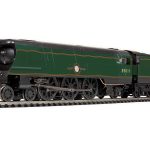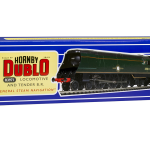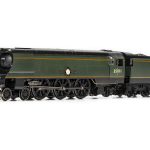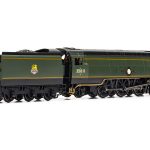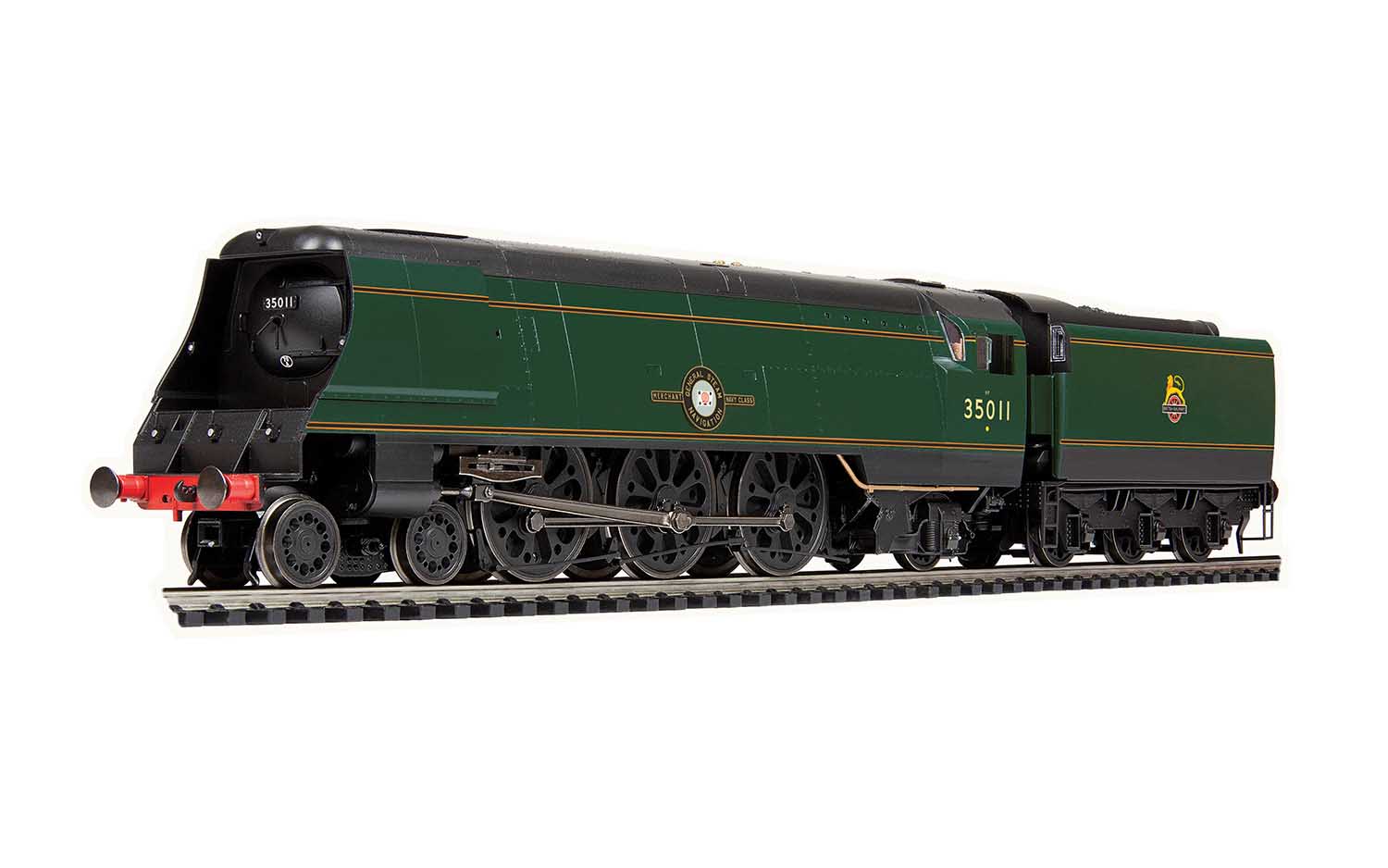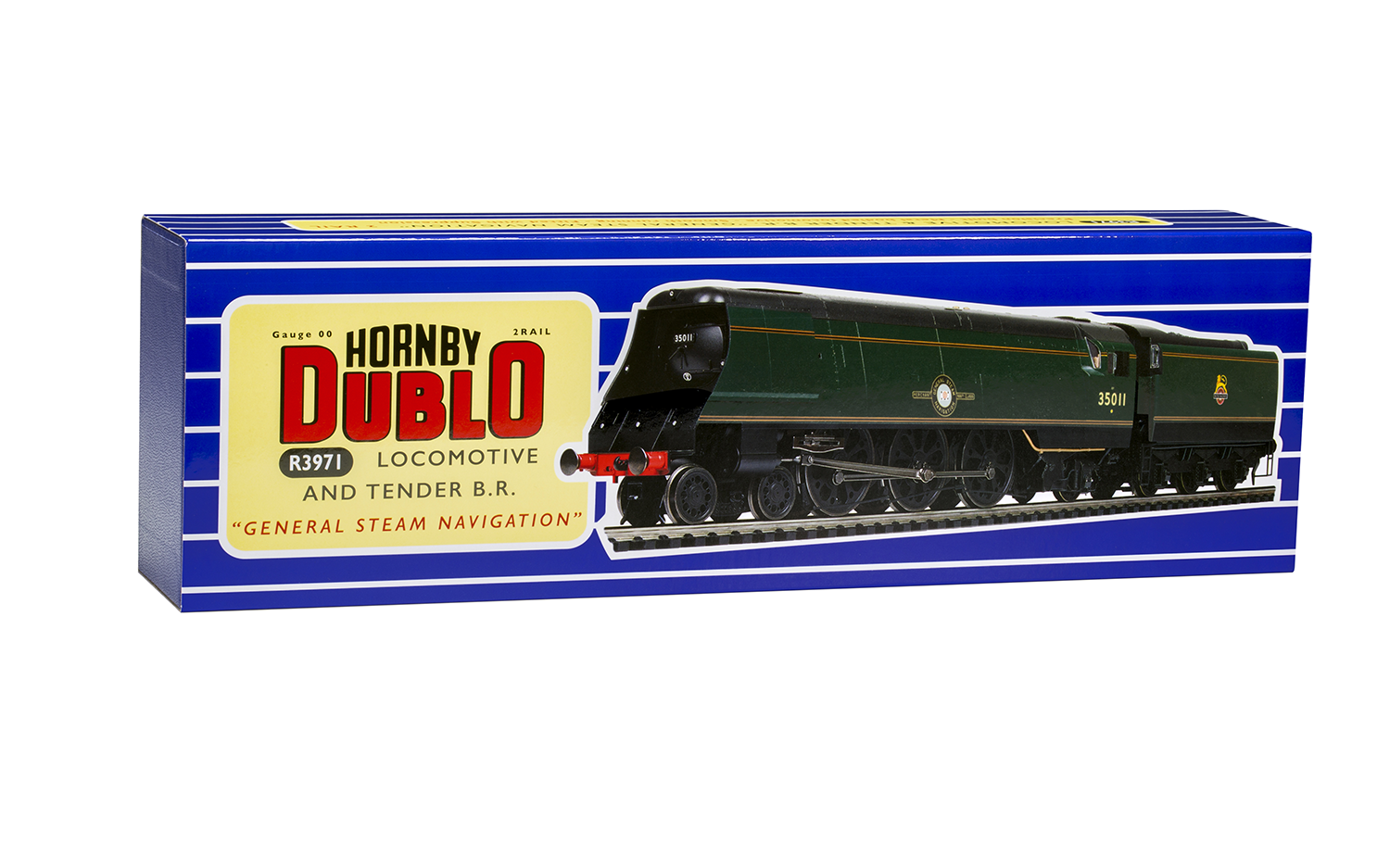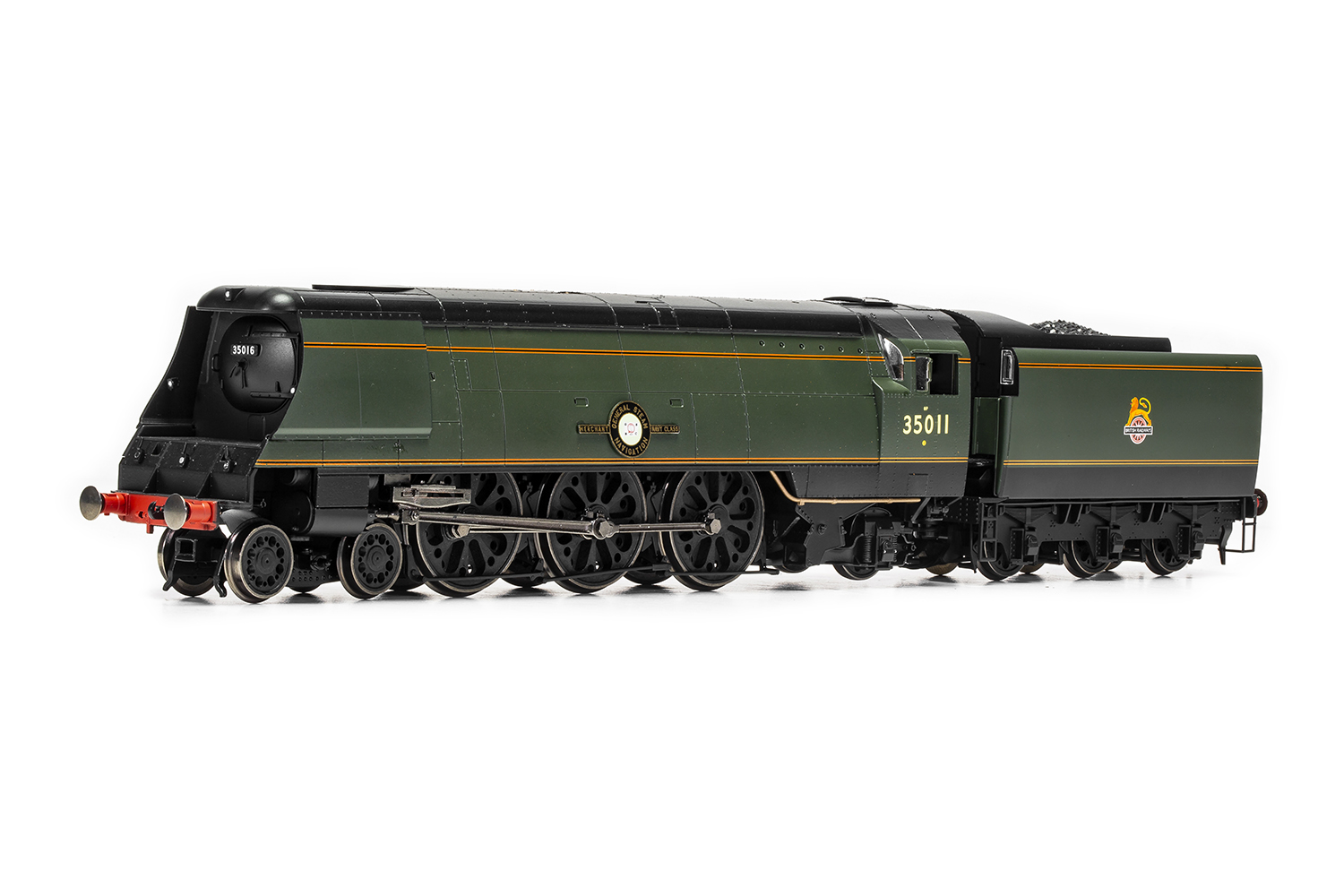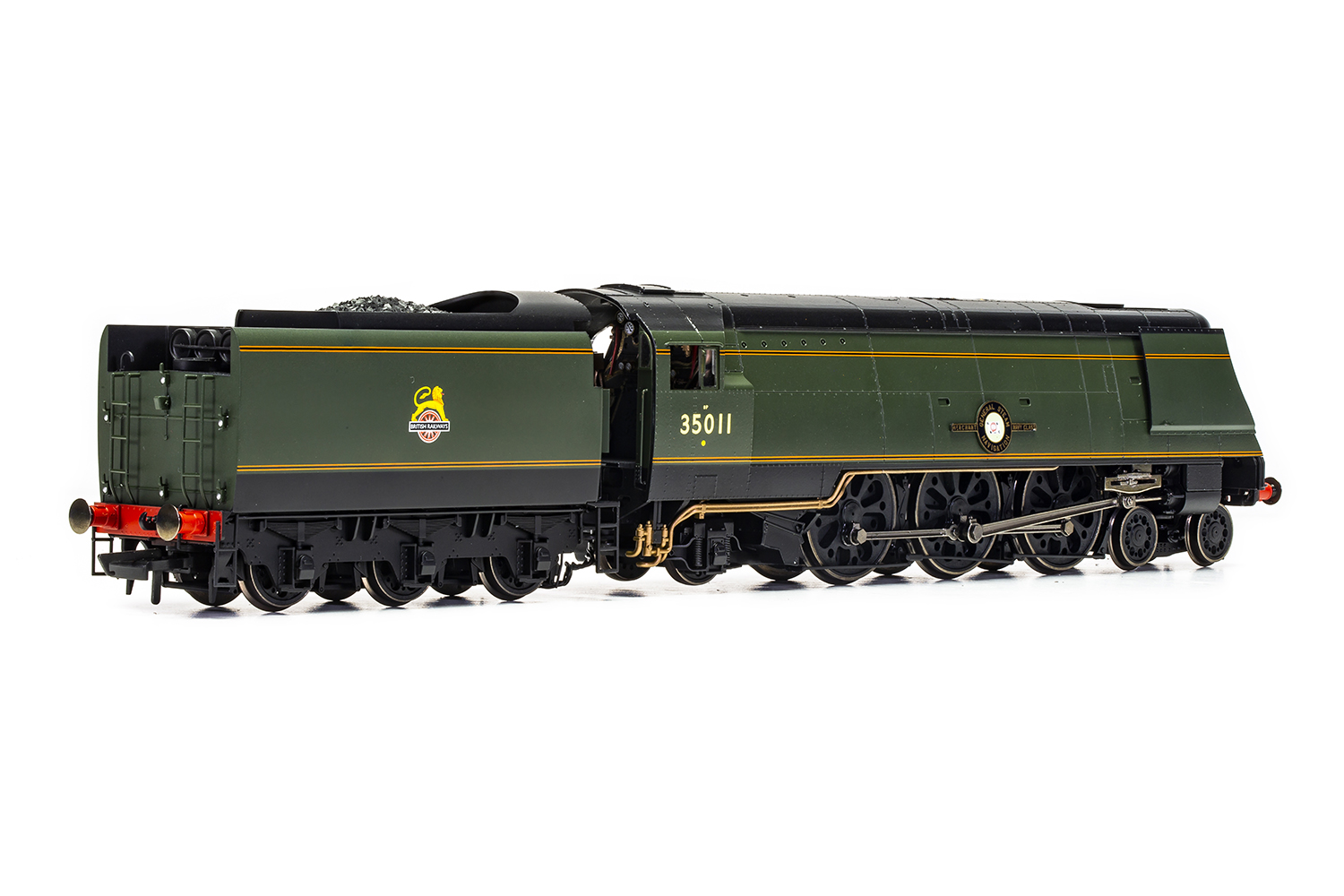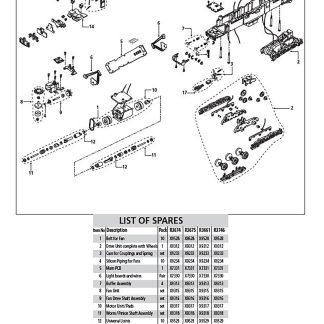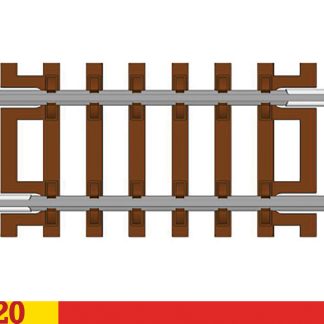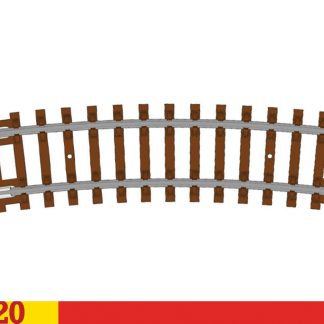Description
Conceived in 1937 when Bulleid became CME of the Southern Railway, his vision was for a 4-6-2 fast mixed traffic engine, with quick acceleration and equally capable of hauling services such as the Golden Arrow and Atlantic Coast Expresses, or freight workings, to a speed of around 75mph. Mainly designed from the Brighton Works, under C.S Cocks, Bulleid ensured that the best design practices of the time were applied, though this did not stop him making many alterations as the plans developed, sometimes within hours of agreeing a phase of the design and which led to each batch of engines incorporating modifications which were then applied to the previous batch.
Opting for a very high pressure boiler, Bulleid was able to make the 3 equally sized cylinders smaller, at 18' and better balanced, resulting in his newly designed Bulleid Firth Brown 6' 2" driving wheels, which in turn reduced hammer blow to the rails. In 1934, Bulleid had opposed the use of streamlining, but for the Merchant Navy design it suited his purposes, being easy to clean mechanically and hiding the boiler's external pipes, which in turn meant they could be run for function, rather than aesthetics. Despite the onset of war in 1939, Bulleid's design was accepted by the wartime Railway's Executive Committee and production commenced through November 1940 at Eastleigh Works, the first loco, 21C1 Channel Packet, being named on March 10, 1941.
Officially, the Merchant Navy locomotives were constructed in three batches: 1068 which covered 21C1 to 21C10, 1189 which covered 21C11 to 21C20 and 3393 which covered 21C21 to 21C30, but 21C2 incorporated lessons learnt from 21C1, which in turn meant 21C3-10 incorporated lessons learnt from running the first two. 21C11 'General Steam Navigation' entered service in December 1944 in wartime black livery. The naming ceremony took place in February 1945 at Waterloo Station where she was named by the Chairman of the General Steam Navigation Company. 21C11 was initially allocated to the Nine Elms shed but was also allocated to Bournemouth and Exmouth Junction.
Upon nationalisation, 'General Steam Navigation' was re-numbered to 35011. As with all members of the class, in 1959 35011 was rebuilt without air-smoothed casing and with conventional valve gear among the many changes made, remaining in service until 1966 before being sold to Woodhams Brothers in Barry in March 1967.
In 1983 No. 35011 left Barry having been saved for preservation, being stored in various locations before being transferred to the General Steam Navigation Locomotive Restoration Society in 2016 who aim to restore the locomotive to an original air-smoothed condition.

